Growing Military Applications
The increasing adoption of fuel cells in military applications is a notable driver for the Fuel Cells in Aerospace and Defense Market. Military organizations are exploring fuel cells for various applications, including unmanned aerial vehicles (UAVs), portable power systems, and ground vehicles. The advantages of fuel cells, such as their quiet operation and high energy density, make them particularly appealing for stealth operations. Recent reports indicate that the military fuel cell market is expected to witness substantial growth, with estimates suggesting a market size reaching several billion dollars by the end of the decade. This trend underscores the potential of fuel cells to enhance operational capabilities while minimizing environmental impact.
Government Support and Funding
Government initiatives and funding programs are crucial drivers for the Fuel Cells in Aerospace and Defense Market. Various governments are recognizing the strategic importance of fuel cell technologies in enhancing energy security and reducing reliance on conventional fuels. In recent years, several countries have launched funding programs aimed at promoting research and development in fuel cell technologies. For example, defense budgets are increasingly allocating resources for the exploration of alternative energy sources, including fuel cells. This support not only accelerates technological advancements but also encourages collaboration between public and private sectors, fostering innovation and growth within the industry.
Rising Energy Efficiency Standards
The implementation of stringent energy efficiency standards is driving the Fuel Cells in Aerospace and Defense Market. Regulatory bodies are increasingly mandating higher efficiency levels for aerospace and defense technologies, pushing manufacturers to seek innovative solutions. Fuel cells, known for their high efficiency compared to traditional combustion engines, are becoming a preferred choice for meeting these standards. As energy efficiency regulations evolve, the demand for fuel cells is likely to increase, as they offer a pathway to compliance while also providing operational cost savings. This regulatory landscape is expected to shape the future of energy systems in the aerospace and defense sectors.
Advancements in Fuel Cell Technology
Technological innovations in fuel cell systems are significantly influencing the Fuel Cells in Aerospace and Defense Market. Recent developments have led to enhanced efficiency, reduced weight, and improved durability of fuel cells, making them more suitable for aerospace applications. For instance, advancements in proton exchange membrane fuel cells (PEMFCs) have resulted in systems that can operate effectively in various environmental conditions. The integration of advanced materials and manufacturing techniques has also contributed to cost reductions, making fuel cells a more viable option for defense applications. As these technologies continue to evolve, they are likely to attract further investment and interest from both commercial and military sectors.
Increased Demand for Clean Energy Solutions
The growing emphasis on clean energy solutions is a pivotal driver for the Fuel Cells in Aerospace and Defense Market. As nations strive to reduce their carbon footprints, the aerospace and defense sectors are increasingly adopting fuel cell technologies. This shift is driven by the need for sustainable alternatives to traditional fossil fuels, which are often associated with high emissions. In recent years, the market for fuel cells has expanded, with projections indicating a compound annual growth rate of over 20% through the next decade. This trend suggests that fuel cells could play a crucial role in meeting the energy demands of military and aerospace applications, where efficiency and environmental considerations are paramount.


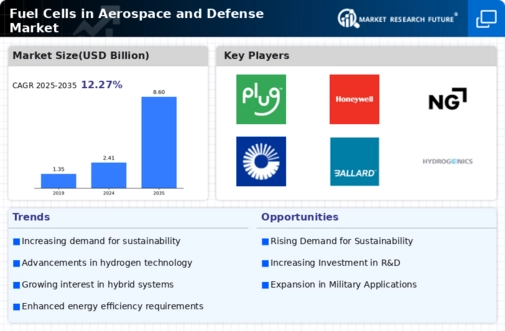
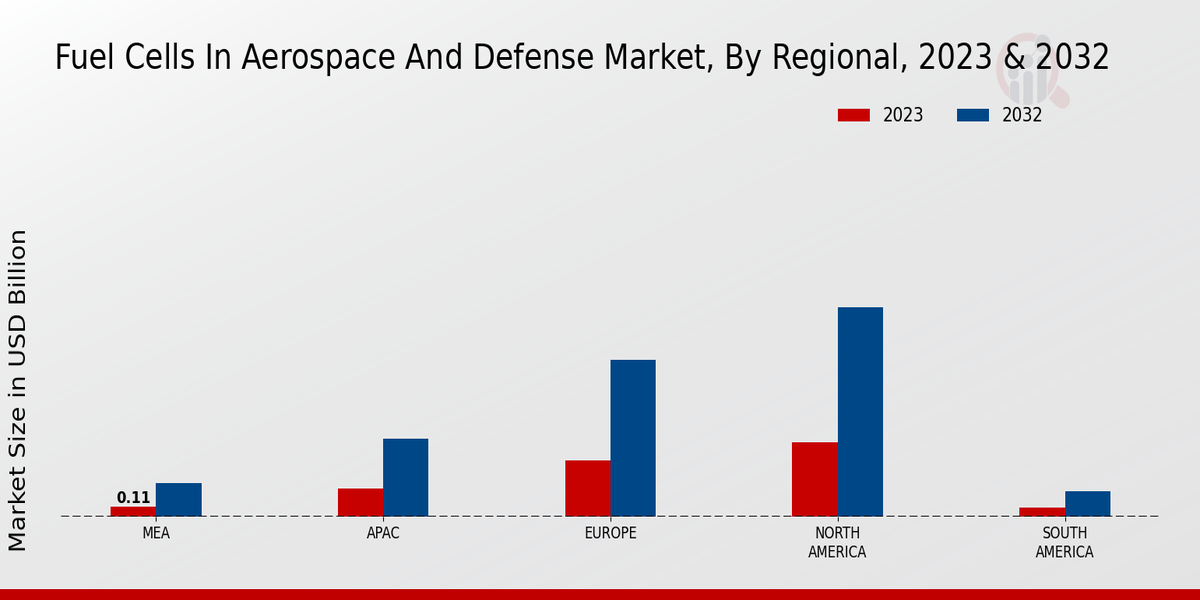
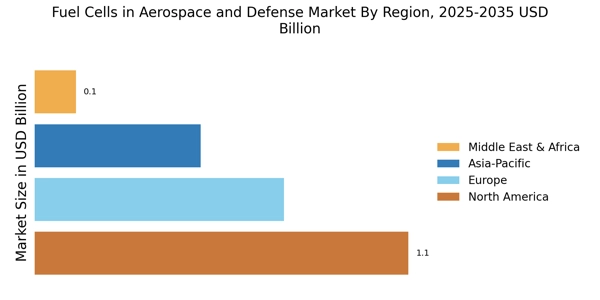
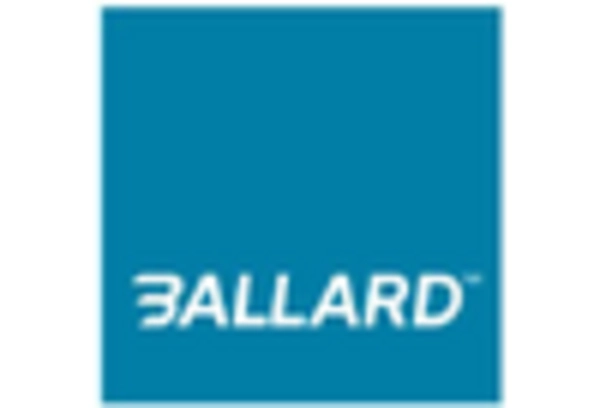

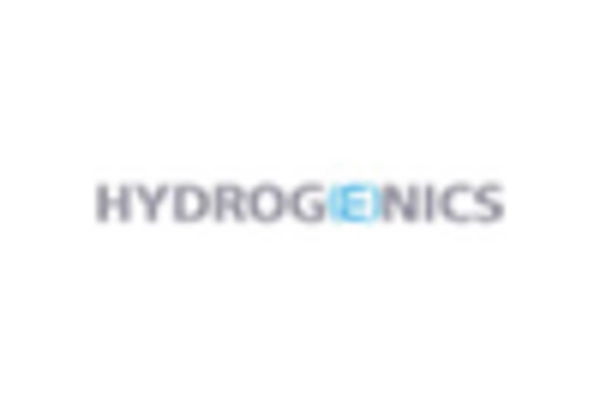
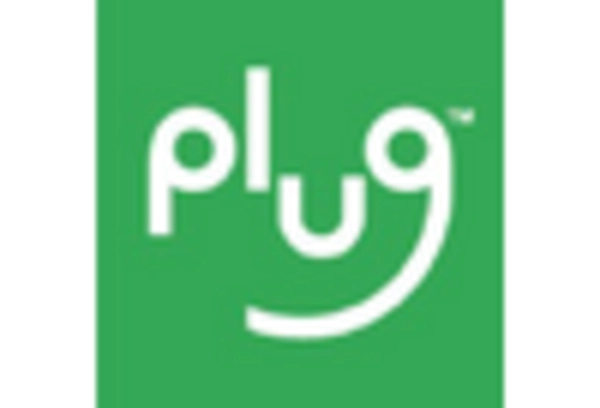
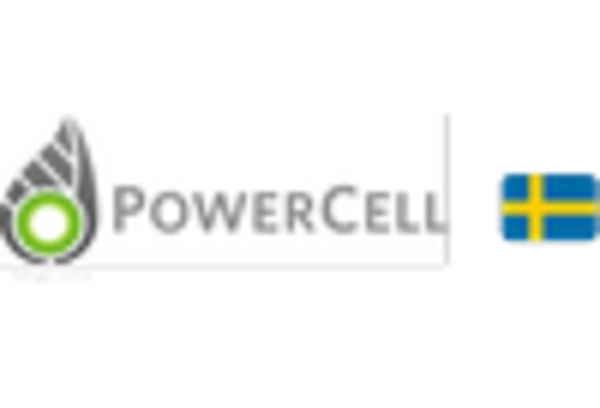
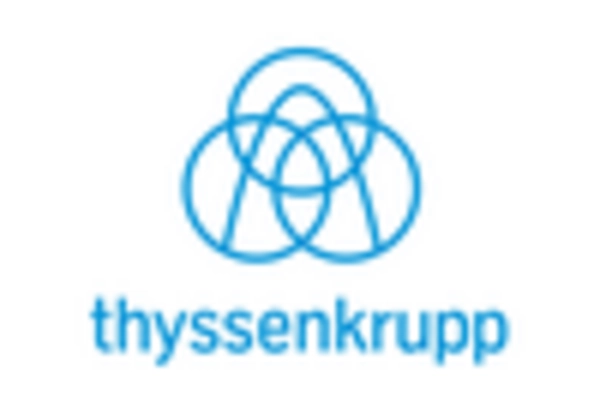








Leave a Comment